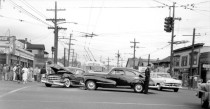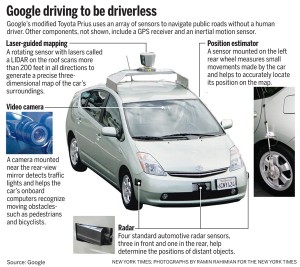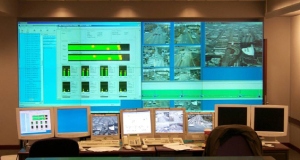Almost everyone who deals with government – internally or externally – is frustrated by the “procurement dragon”. Procurement seem to take forever and are one of the most bureaucracy-laced processes in all of governing. In these days of innovation and the flourishing of the startup culture, procurement processes seem to be an anachronistic throwback.
Furthermore, the convoluted purchasing process only seems to benefit large corporations who have the legions of attorneys and technical staff to respond to RFPs and negotiate the maze.
Purchasing practice is steeped in a web of local and state laws, regulations and executive orders, so they’re not easy to change. There are good reasons for the present procurement practices, and I’ll mention those at the end of this post. But first, can innovation and a culture of agile government survive in the present purchasing jungle?
I suggest four quick fixes, some of which are already in place in many governments:
- Direct Purchase. This is a direct purchasing mechanism for small procurements – say procurements under $5000. This would allow a department director or senior manager to directly purchase a good or service from a company without going through more formal purchasing processes. A manager might purchase a smartphone app and associated database for use by field crews, or a couple of tablet computers for testing. There still need to be limits on this mechanism, so I’m not issuing 20 direct purchases to the same company in a year, for example, and to make sure the vendor has a valid business license.
- Roster and invitation to bid. With this mechanism, companies would be pre-qualified and put on a roster for bids. A city, for example, might set up a roster for “web applications”. Companies who want to be on that roster would provide a minimal amount of information – ownership, business address, business license, etc. And when the city needs a “web application” for a specific purpose, e.g. to accept photos of graffiti from citizens, it could issue a simple, two-or-three page “invitation to bid” with its requirements and allow companies on the roster to bid. Typically these bids would also be restricted to procurements of a certain size, say $50,000.
- Piggy-back on an existing contract. This mechanism is already widely used. If a company already has a contract on the Federal Government’s GSA (General Services Administration) schedule, or the Western States’ Contracting Alliance (WSCA – commonly called “wisca”), any jurisdiction which joins the alliance and authorizes itself to purchase can purchase at the terms and conditions specified by GSA or WSCA.
- Credit card. Most government agencies give their trusted department directors and senior employees credit cards. These are most often used for travel and similar expenses, but they certainly could be used (depending on local ordinance or law) for small purchases, again, up to a limit of, say, several thousand dollars.
- Budget. As an adjunct to these four mechanisms, a city, county or department also needs budget to make the procurement. Perhaps every department or government should have an “innovation fund”.
Using mechanisms like these, governments could quickly and easily procure innovative technologies, goods and services to help them become more efficient and effective.
Implementing these mechanisms requires a great deal of trust – trust by elected officials in their department directors, and trust by those department directors in their senior managers. There are many cases where that trust has been abused, for example, by a manager purchasing good/services from friends or by making procurements and receiving kickbacks. Examples include the controversy which engulfed recently appointed federal CIO Vivek Kundra in 2009, or these Seattle Public Utilities customer service representatives in 2012. So my “quick fixes” for procurment also require diligent oversight and auditing by the appropriate authorities.
Finally, the present procurement practices in most jurisdictions are not the results of “bureaucrats run wild” with regulations, forms and requirements. They came into being because of widespread abuse of purchasing in the 19th Century, where Mayors and other elected officials gave jobs to friends, contracts to cronies and similarly greased their own pockets using the procurement process.
“Good government” advocates instituted reforms such as civil service to protect most employees from the winds of politics, and purchasing laws which required specifications and open competition. These practices still should be followed for major procurements to keep a “level playing field” for competition for the work.
Over the years, however, city councils and legislatures and county commissions have added twists and turns to procurement, largely to correct past injustices or for social engineering. Do contracts go to firms owned by white men? Then let’s add a provision for subcontracts to historically underused businesses (HUBs) – women and minority-owned business. Are we angered by human rights abuses in ______ (fill in the blank, e.g. Burma, Iran, China, etc.)? Then let’s add a regulation so we don’t do any business with a company with business interests or a manufacturing plant in those places. Are we upset that some companies pollute the air and water with their factories or other facilities? Then let’s eliminate them from bidding on contracts (or have our pension funds divest themselves of the company’s stock). Do we want to encourage economic development in our City (county, State, or even the entire United States)? Then let’s add regulations to give preference to firms headquartered or with operations in those places.
I’m not saying these practices are wrong and should all be eliminated. I’m pointing out that there are reasons the purchasing process is so complicated, and it will take a lot of thought and careful consideration to “unwind the maze”.
In the meantime, let’s implement the “quick fixes”.






